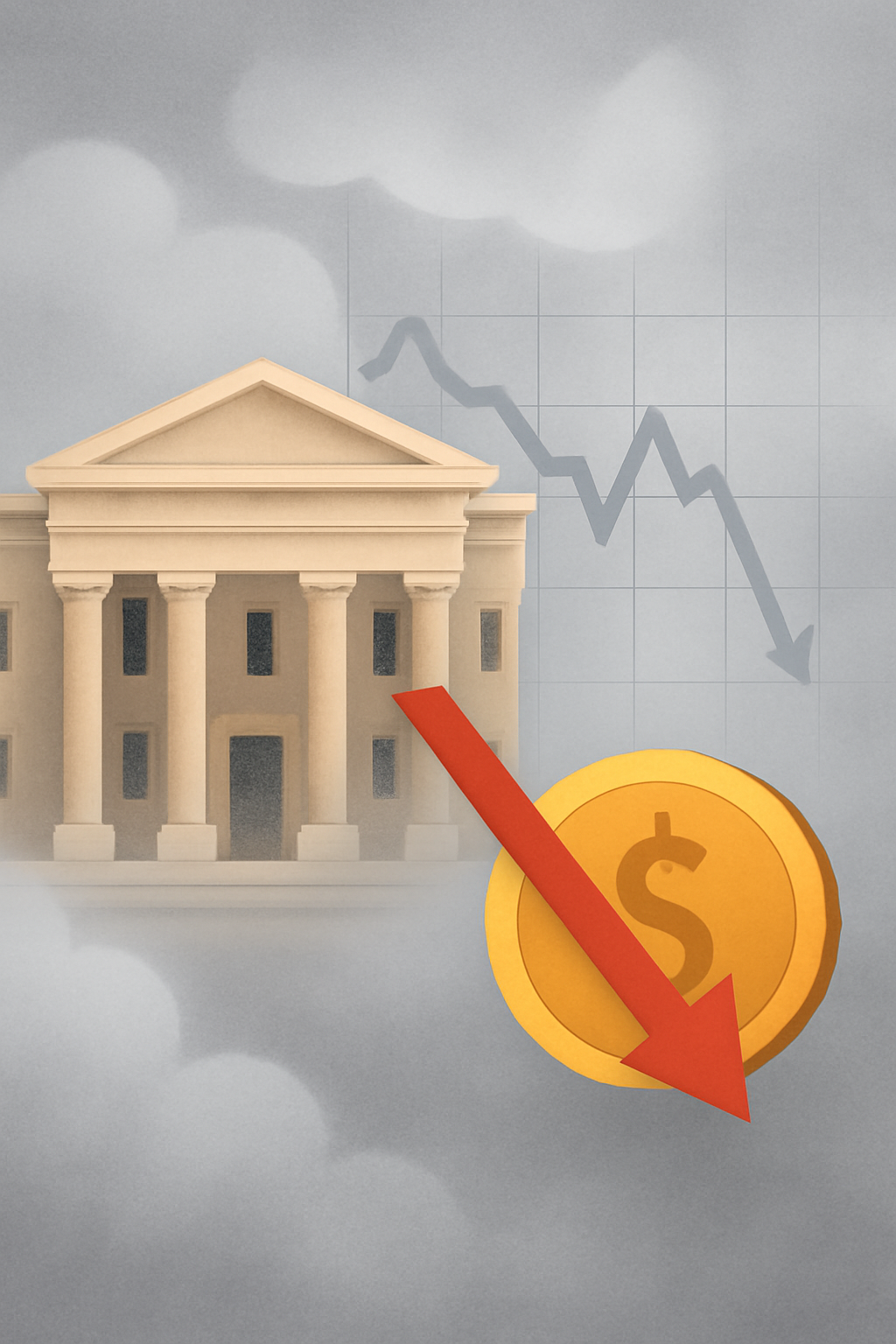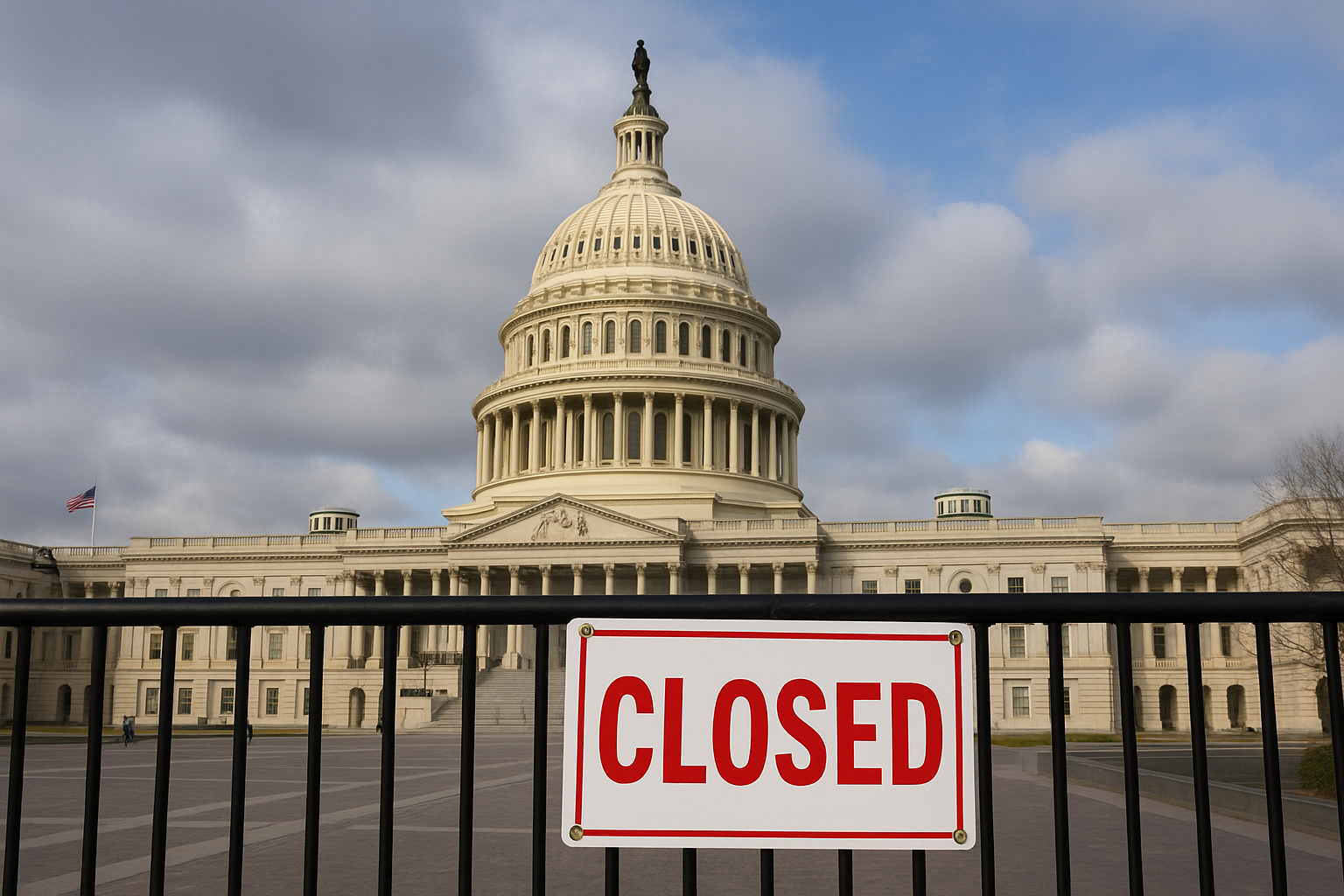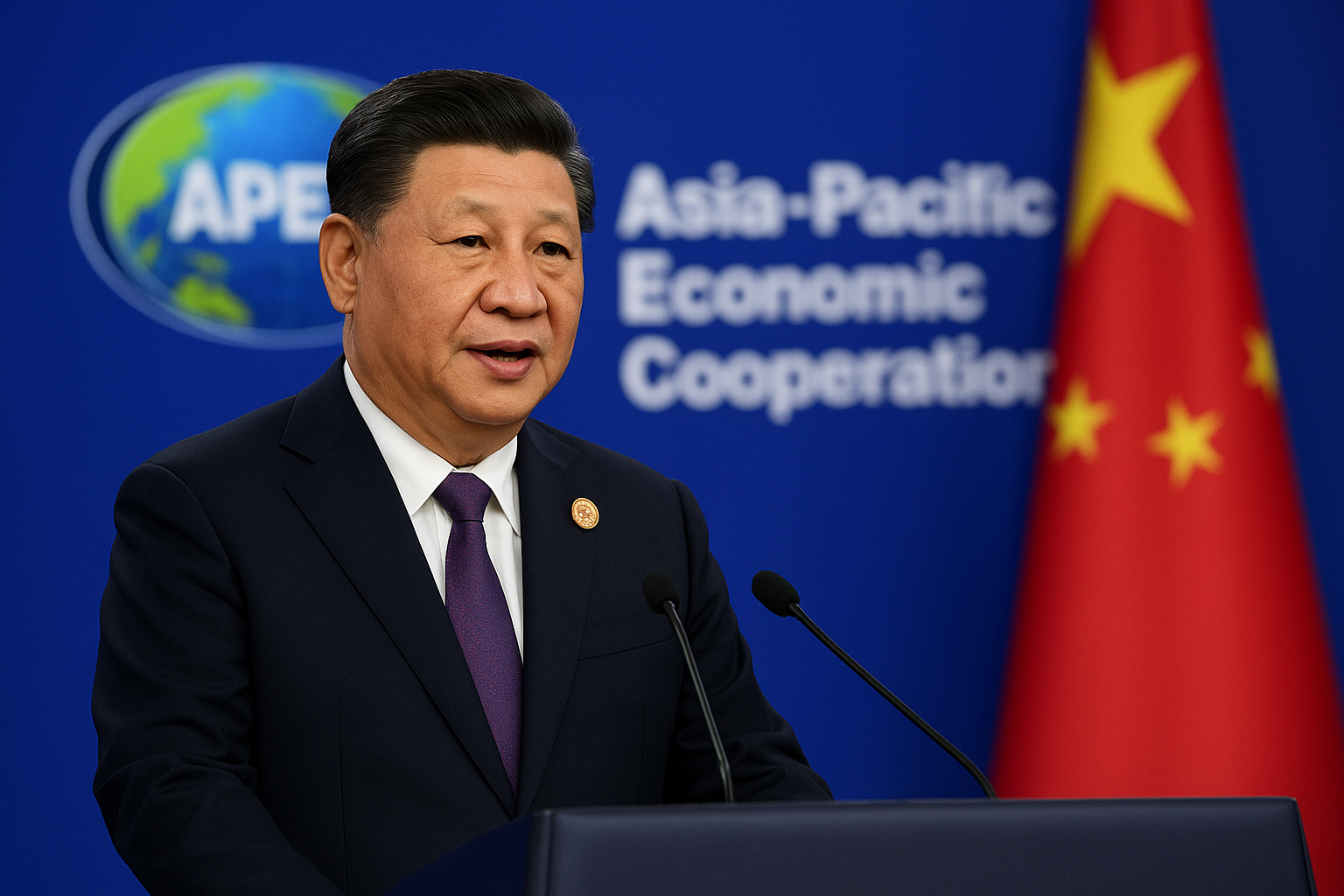In a highly anticipated update this week, Federal Reserve Chair Jerome Powell described the U.S. economic outlook as shrouded in “fog,” sending an unmistakable signal to markets: monetary clarity is not coming anytime soon. The Fed’s revised projections now point to only two rate cuts in 2025, down from earlier expectations of three or more, amid lingering inflationary pressures and mixed economic signals.
While Powell reiterated that the Fed remains data-dependent, his cautious tone marked a shift from previous months where disinflation momentum had raised hopes of a smoother rate-cutting cycle. Investors, accordingly, are now reassessing risk exposure, duration sensitivity, and sector rotation strategies for a macro environment where “lower for longer” may be less certain than previously thought.
Slower Cuts, Sticky Inflation
The June Federal Open Market Committee (FOMC) dot plot revealed that most officials now expect the federal funds rate to end 2025 near 4.6%, compared to prior forecasts near 4.1%. This revision suggests fewer cuts and a more measured pace in the Fed’s path toward normalization. The change reflects ongoing concern over core PCE inflation, which remains stubbornly above the Fed’s 2% target despite easing energy prices and slowing goods inflation.
According to the Bureau of Economic Analysis, core PCE rose 2.8% year-over-year in May, a level that still risks embedding inflation expectations—especially in sectors like housing, healthcare, and services. Powell’s remarks reinforced this caution, stating, “The path forward is uncertain, and the data clouded by economic fog.”
Market reactions were immediate: U.S. 2-year Treasury yields climbed 8 basis points, equities traded sideways, and rate-sensitive sectors like real estate and small-cap growth underperformed, according to Bloomberg Terminal data.
Why This Matters for Investors
The Fed’s tempered stance signals that the central bank remains in a hawkish hold, even as recession fears recede and labor markets cool modestly. For investors, the implications are threefold:
- Fixed Income Repricing: Bonds, particularly on the short end of the curve, may see yield spikes as expectations for rapid easing are recalibrated.
- Sector Sensitivity: Interest-rate sensitive sectors like utilities, REITs, and consumer durables may face pressure if the Fed delays cuts. Conversely, financials and energy could benefit from a “higher for longer” environment.
- Valuation Compression: With equity valuations near multi-decade highs—the S&P 500 forward P/E ratio hovering around 21x, according to FactSet—any shift in discount rate assumptions could trigger broader repricing.
Future Trends to Watch
- Election-Year Policy Ambiguity: As the 2025 election cycle heats up, political pressure on the Fed could grow, impacting market sentiment. Fiscal stimulus proposals may further complicate inflation control.
- Global Divergence: While the European Central Bank (ECB) and Bank of Canada have initiated cuts, the Fed’s delay could strengthen the dollar, affect emerging markets, and amplify global capital flows.
- Consumer & Labor Signals: Watch key indicators like jobless claims, wage growth, and consumer confidence. A sudden downturn could force the Fed’s hand, while resilience would validate their slow approach.
- Earnings Vulnerability: Corporate profit margins, already squeezed by wage inflation, could compress further if borrowing costs remain elevated into late 2025.
Key Investment Insight
In the absence of a clear policy roadmap, investors should adopt a stress-tested portfolio strategy:
- Maintain diversification across duration and credit quality in fixed income.
- Allocate toward quality equities with pricing power and low debt exposure.
- Consider defensive sectors like healthcare and dividend aristocrats.
- Keep dry powder available to deploy in tactical pullbacks.
Volatility is no longer an anomaly—it may be the default setting. Those prepared for uncertainty will have the best chance to convert short-term dislocation into long-term opportunity.
For continued insight into interest rate moves, market dynamics, and policy signals, stay informed with MoneyNews.Today—your daily edge in navigating financial uncertainty.





